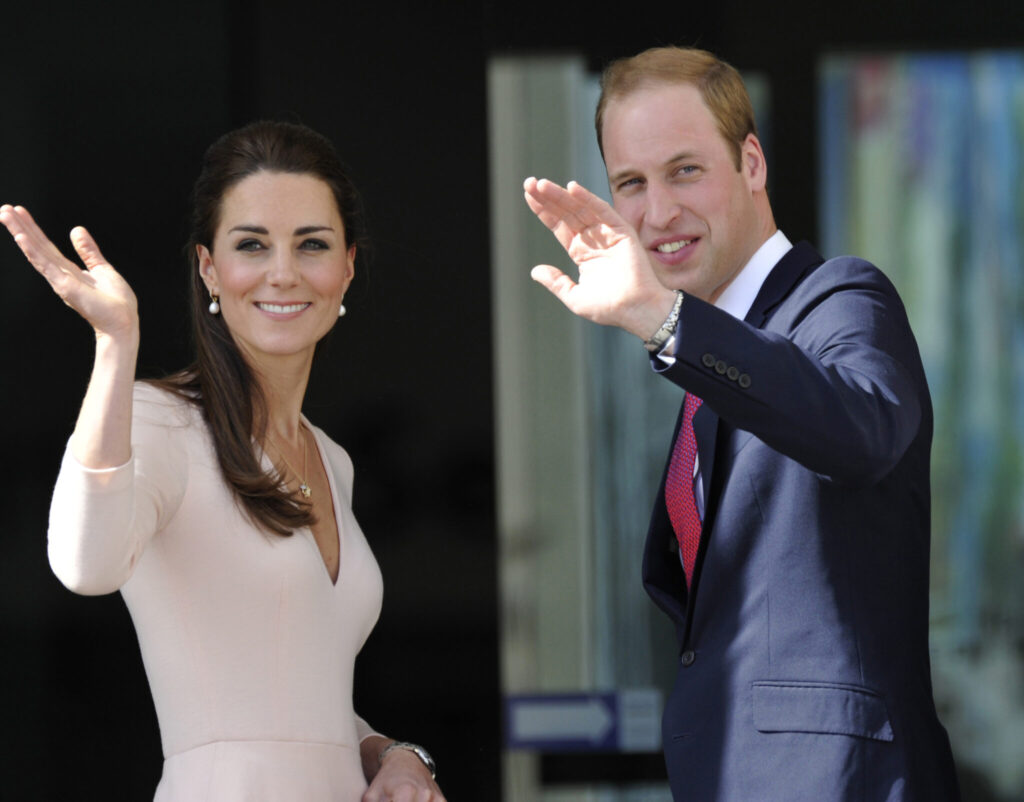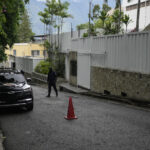A media frenzy was born on Feb. 27, when the hashtag #WhereIsKate exploded online with speculation about the whereabouts of Britain’s Princess of Wales. It opened a rabbit hole of amateur detective work, memes, bizarre theories and jokes — mixed with genuine concern about Kate’s health — into which thousands of people descended until her announcement last week that she was recovering from cancer.
Quick Read
- #WhereIsKate Phenomenon: The speculation about Princess of Wales’ whereabouts exploded online, leading to a mix of conspiracy theories, memes, and genuine concern until her recent announcement about battling cancer.
- Royal Family’s Silence: The lack of information from the royal family contributed to the frenzy, highlighting the challenges of adhering to their traditional approach of “never complain, never explain” in the digital age.
- Impact of Digital Speculation: The digital environment, fueled by algorithms that thrive on human impulses, has made conspiracy a common form of online entertainment, with significant real-world implications.
- Missteps in Public Relations: The release of a digitally manipulated photo by the palace worsened the situation, demonstrating the consequences of a poorly managed public relations strategy amid speculation.
- Importance of Transparency: Experts suggest that responding promptly with clear and verifiable information is crucial in countering rumors and maintaining public trust.
- Kate’s Announcement: Her candid video announcement about her cancer diagnosis changed the narrative, eliciting empathy and understanding, though it didn’t completely stop the spread of unfounded theories.
- Lessons Learned: The episode serves as a reminder of the importance of proactive communication and transparency, especially in the face of rampant online speculation and misinformation.
The Associated Press has the story:
UK Royal Family learns that if you don’t fill an information vacuum, someone else will
Newslooks- NEW YORK (AP) —
A media frenzy was born on Feb. 27, when the hashtag #WhereIsKate exploded online with speculation about the whereabouts of Britain’s Princess of Wales. It opened a rabbit hole of amateur detective work, memes, bizarre theories and jokes — mixed with genuine concern about Kate’s health — into which thousands of people descended until her announcement last week that she was recovering from cancer.
The episode offered the royal family — and everyone else — a lesson in the modern world of online media: If your silence leaves an information vacuum, others will rush to fill it. And the results may be messy.
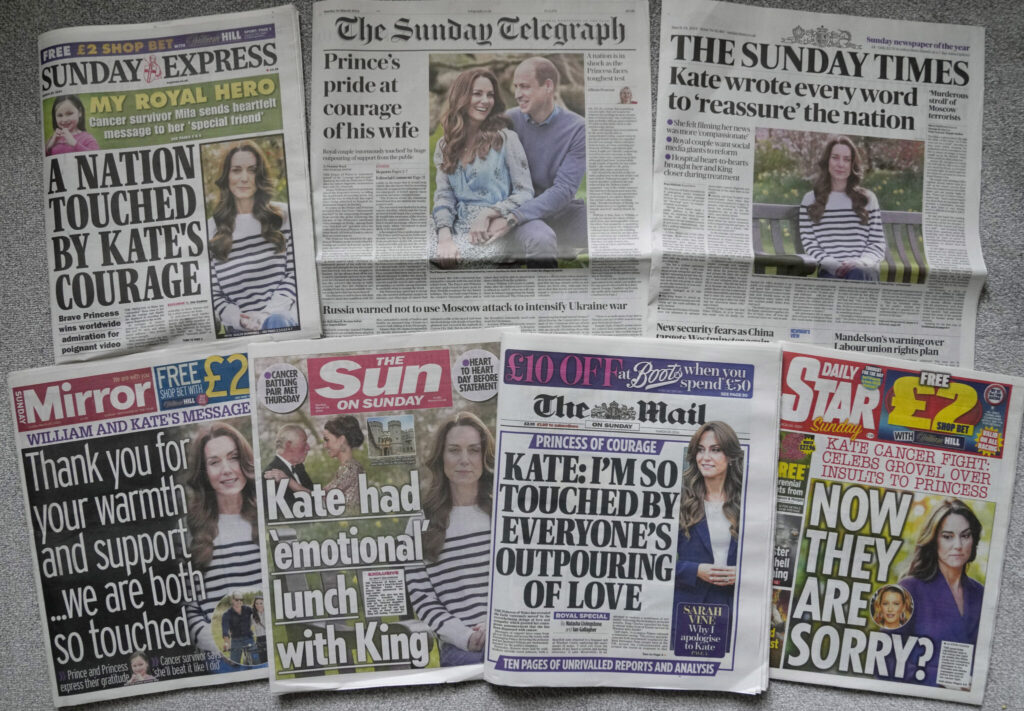
“The royal family’s mantra is never complain, never explain,” said Ellie Hall, a journalist who specializes in covering Britain’s king and his court. “That really doesn’t work in a digital age. It doesn’t take much to get the crazy things going.”
It was, in part, entertainment for some people with too much time on their hands. Except it involved real people with real lives — and, it turns out, real medical challenges.
ANATOMY OF AN INFORMATION VACUUM
On Jan. 17, Kensington Palace announced that Kate was in the hospital recovering from a planned abdominal surgery and would not be doing any public events until after Easter. There was relatively little online chatter, or official updates, until it was announced on Feb. 27 that her husband, Prince William, would not be attending his godfather’s memorial service due to a “personal matter.”
That’s when the theorizing really began, noted Ryan Broderick, who writes the Garbage Day newsletter about the online environment.
Where was Kate? Was she seriously ill — in a coma, perhaps? Did she travel abroad to undergo plastic surgery? Had she been replaced by a body double? Was there trouble in her marriage? Did she leave William? Had she been abused? Unsubstantiated rumors made it all the way to American talk show host Stephen Colbert. Memes appeared that included putting Kate’s picture on the face of an actress in “Gone Girl,” a 2014 film about a missing wife.
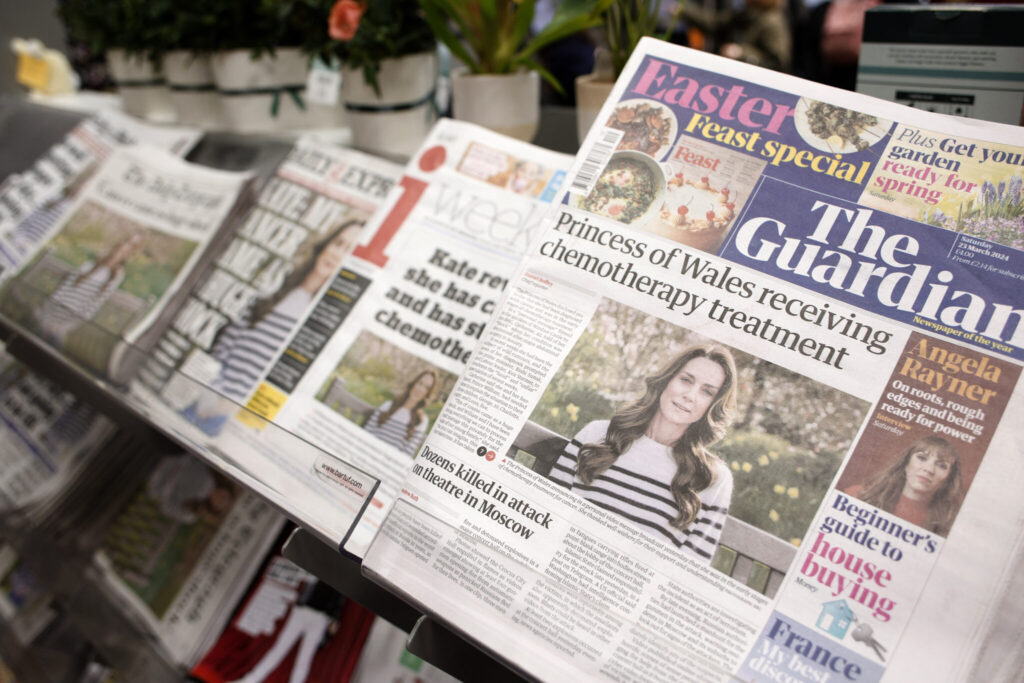
After two decades in which people have uploaded their lives to a system of platforms run by algorithms that make money off our worst impulses, “we have wondered what the world might look like when we crossed the threshold into a fully online world,” Broderick wrote on Garbage Day. “Well, we did. We crossed it.”
“Conspiracy is the Internet’s favorite sport,” Sarah Frier, author of “No Filter: The Inside Story of Instagram,” posted on X, formerly Twitter. “It starts here and becomes mainstream. At one point last week, MOST of the content on my (X) feed was about her. None of it was right. This is just what people do for fun and followers now.”
Then came the grand, unforced error — the palace releasing a photo on March 10 of Kate and her children that it later admitted had been digitally manipulated, without leaving clear exactly what was done.
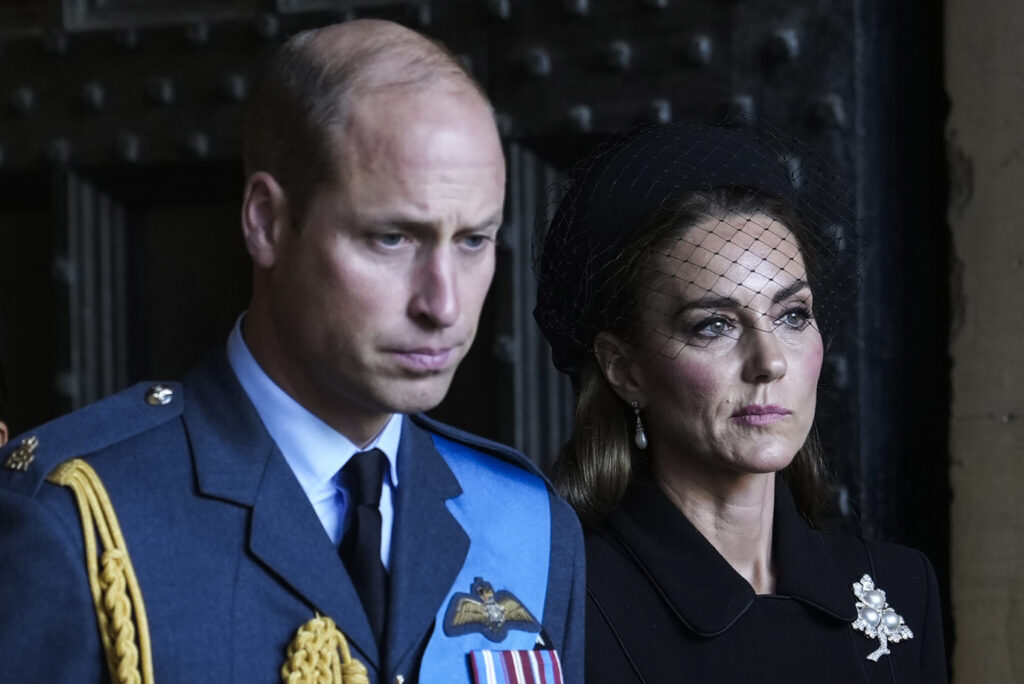
Even before that, a ham-fisted public relations strategy by the royal family’s handlers had lost control of the narrative, said Peter Mancusi, a journalism professor at Northeastern University and a lawyer with his own business in crisis counseling.
Providing some proof of life, some morsels of information — even a staged shot of Kate waving from a balcony — would have filled the vacuum, he said. Mancusi contrasted the strategy with that surrounding King Charles, where it was quickly announced around the same time that he was fighting cancer. It has never been made clear exactly what kind of cancer the king has, but people are inclined to grant some degree of privacy with that diagnosis, Mancusi said.
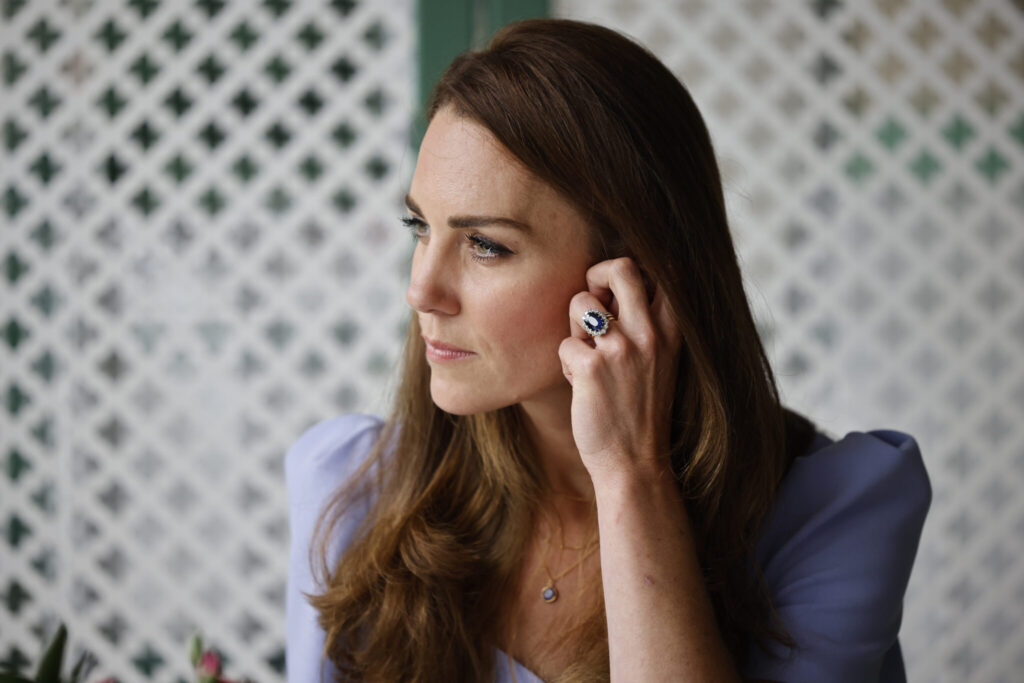
Mancusi frequently deals with clients who resist releasing damaging or uncomfortable information that usually winds up getting out anyway. Best to be pro-active or, as Hall said, “feed the beast.”
“It’s just human nature, and it’s the nature of a lot of companies when bad news hits, to go into a defensive crouch,” Mancusi said. “But hope isn’t a strategy anymore.”
CLEAR AND VERIFIABLE INFORMATION CAN HELP MATTERS
Despite the temptation to ignore rumors and conspiracy theories, it’s best to respond quickly with clear and verifiable information, said Daniel Allington, a social scientist at King’s College in London who studies disinformation. “Once people start speculating that you are lying to them,” Allington said, “it’s very hard to get them back on board.”
In an article published on vulture.com 12 days before Kate announced she had cancer, author Kathryn VanArendonk seemed to anticipate that truth in a discussion about how the monarchy is not built for the modern information era.

“Catherine may be going through some private experiences she does not want to share widely,” she wrote, “and the internet has broken everyone’s ability to assess what’s a supervillain-level coverup and what’s more likely to be something sad and mundane.”
Cancer is something too many people can relate to. They understand how hard it is to speak those words to loved ones, much less the entire world. Kate’s video was a candid, emotional and effective way of sharing very personal information, said Matthew Hitzik, a veteran in crisis communications from New York.
It didn’t end wild online speculation, though. Almost immediately, suggestions popped up that the speech was generated by artificial intelligence or, in an unholy alliance of conspiracy theories, that her cancer was caused by the COVID-19 vaccine.
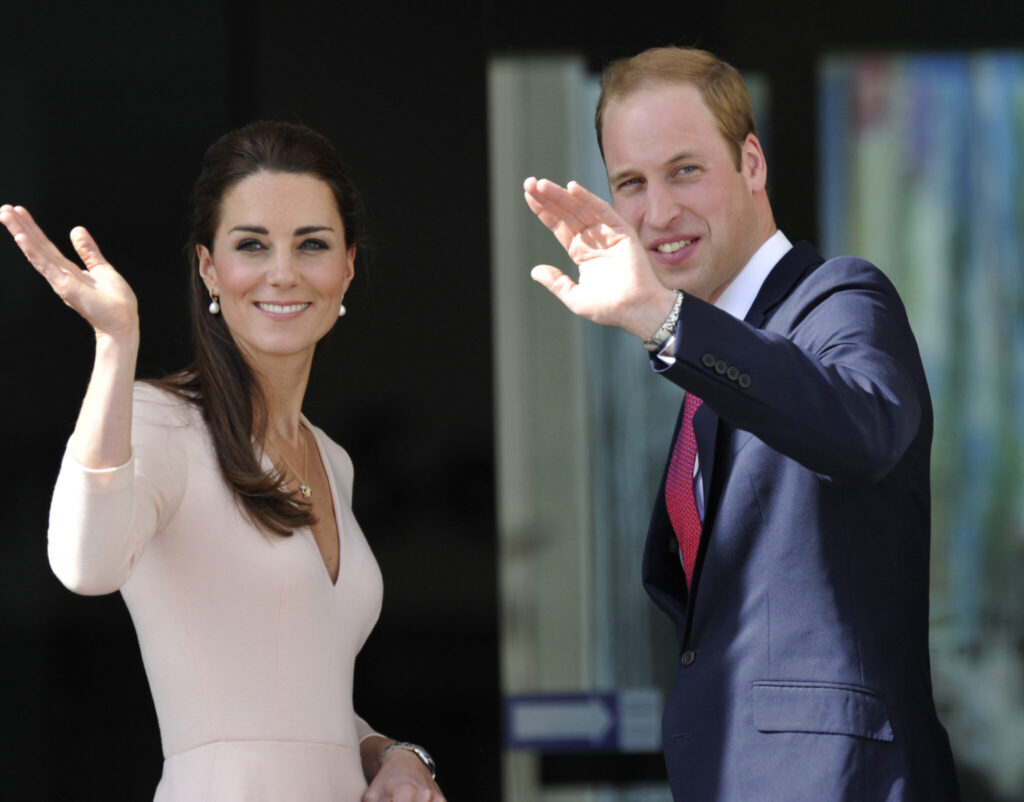
But that was nonsense, and felt churlish. A corner had been turned. The Sun in London now runs daily stories with “Brave Kate” in the headline. Trolls “should hang their heads in shame,” the newspaper editorialized. The Atlantic magazine headlined: “I Hope You All Feel Terrible Now.”
What shouldn’t be lost, however, is how preventable it all was.
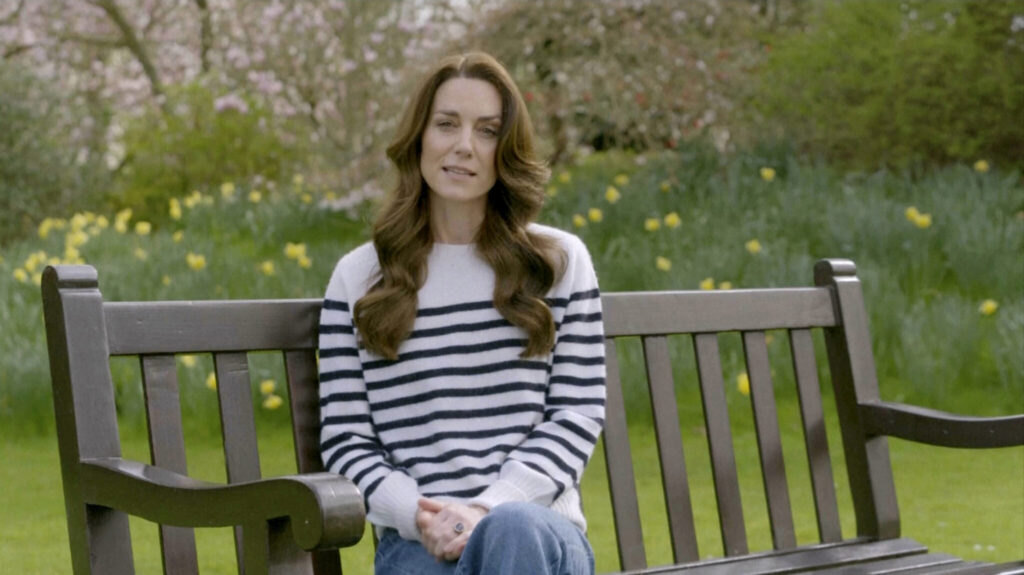
“You cannot blame British newspapers for the miseries heaped on the Prince and Princess of Wales,” columnist Hugo Rifkind wrote in The Times of London. “Certainly we didn’t help, if only because a princess releasing doctored photographs to the public, for reasons at that point unclear, is an objectively grabby and fascinating story. But the conspiracy theories? The juggernauts of dirty speculation? You could argue, I suppose, that papers should have simply pretended none of this was happening.
“But it was, and it wasn’t driven by us,” he wrote. “It was driven by you.”
#WhereIsKate? Now we know.

